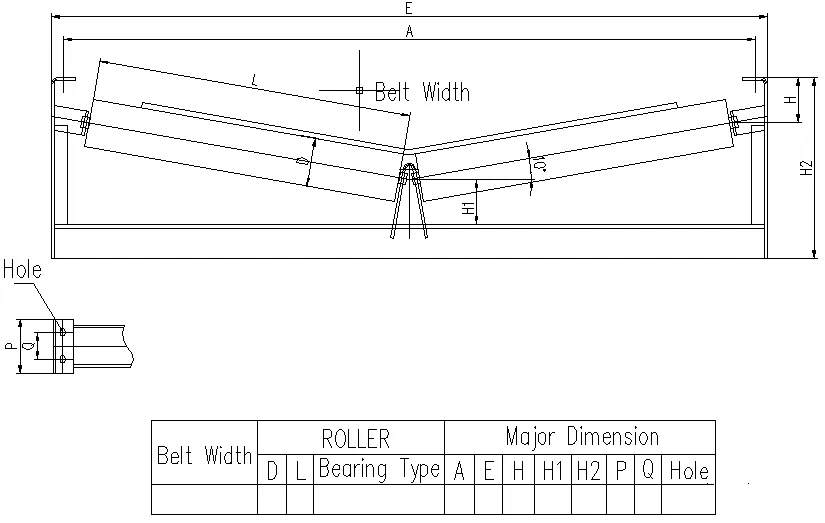 Afrikaans
Afrikaans  Albanian
Albanian  Amharic
Amharic  Arabic
Arabic  Armenian
Armenian  Azerbaijani
Azerbaijani  Basque
Basque  Belarusian
Belarusian  Bengali
Bengali  Bosnian
Bosnian  Bulgarian
Bulgarian  Catalan
Catalan  Cebuano
Cebuano  Corsican
Corsican  Croatian
Croatian  Czech
Czech  Danish
Danish  Dutch
Dutch  English
English  Esperanto
Esperanto  Estonian
Estonian  Finnish
Finnish  French
French  Frisian
Frisian  Galician
Galician  Georgian
Georgian  German
German  Greek
Greek  Gujarati
Gujarati  Haitian Creole
Haitian Creole  hausa
hausa  hawaiian
hawaiian  Hebrew
Hebrew  Hindi
Hindi  Miao
Miao  Hungarian
Hungarian  Icelandic
Icelandic  igbo
igbo  Indonesian
Indonesian  irish
irish  Italian
Italian  Japanese
Japanese  Javanese
Javanese  Kannada
Kannada  kazakh
kazakh  Khmer
Khmer  Rwandese
Rwandese  Korean
Korean  Kurdish
Kurdish  Kyrgyz
Kyrgyz  Lao
Lao  Latin
Latin  Latvian
Latvian  Lithuanian
Lithuanian  Luxembourgish
Luxembourgish  Macedonian
Macedonian  Malgashi
Malgashi  Malay
Malay  Malayalam
Malayalam  Maltese
Maltese  Maori
Maori  Marathi
Marathi  Mongolian
Mongolian  Myanmar
Myanmar  Nepali
Nepali  Norwegian
Norwegian  Norwegian
Norwegian  Occitan
Occitan  Pashto
Pashto  Persian
Persian  Polish
Polish  Portuguese
Portuguese  Punjabi
Punjabi  Romanian
Romanian  Russian
Russian  Samoan
Samoan  Scottish Gaelic
Scottish Gaelic  Serbian
Serbian  Sesotho
Sesotho  Shona
Shona  Sindhi
Sindhi  Sinhala
Sinhala  Slovak
Slovak  Slovenian
Slovenian  Somali
Somali  Spanish
Spanish  Sundanese
Sundanese  Swahili
Swahili  Swedish
Swedish  Tagalog
Tagalog  Tajik
Tajik  Tamil
Tamil  Tatar
Tatar  Telugu
Telugu  Thai
Thai  Turkish
Turkish  Turkmen
Turkmen  Ukrainian
Ukrainian  Urdu
Urdu  Uighur
Uighur  Uzbek
Uzbek  Vietnamese
Vietnamese  Welsh
Welsh  Bantu
Bantu  Yiddish
Yiddish  Yoruba
Yoruba  Zulu
Zulu Belt Scraper & V Plow Cleaners - Heavy-Duty Conveyor Belt Solutions
- Industry Challenges and the Role of Belt Scrapers
- Technical Superiority in Material and Design
- Performance Comparison: Leading Manufacturers
- Custom Solutions for Varied Operational Needs
- Case Studies: Real-World Efficiency Gains
- Maintenance Best Practices
- Future Trends in Belt Scraper Technology

(belt scraper)
Addressing Industry Challenges with Belt Scrapers
Bulk material handling industries lose an estimated $12 billion annually due to belt conveyor inefficiencies, including spillage, wear, and energy waste. Belt scrapers, particularly V plow belt scraper
systems, mitigate these losses by maintaining belt cleanliness and alignment. Advanced polymer blades reduce material carryback by 98%, while dual-angle designs optimize pressure distribution. Operators report 40% fewer unplanned downtime events after installing high-performance scraper belt cleaners.
Technical Superiority in Material and Design
Modern belt scraper cleaners utilize tungsten-reinforced polyurethane (TRPU) blades that outperform traditional steel components. TRPU demonstrates:
- 3.2x longer service life compared to carbon steel
- 67% reduction in belt wear patterns
- Operational temperature range: -40°F to 240°F
Modular tensioning systems enable precise 14-18 psi blade contact pressure, adaptable to belt speeds up to 6.5 m/s. These innovations make contemporary scrapers 22% more energy-efficient than previous generations.
Performance Comparison: Leading Manufacturers
| Feature | ScraperPro X9 | CleanSweep V2 | DynaBlade Ultra |
|---|---|---|---|
| Blade Life | 18 months | 14 months | 22 months |
| Belt Protection | Grade 4 | Grade 3 | Grade 5 |
| Installation Time | 2.5 hours | 3.8 hours | 1.9 hours |
| ROI Period | 8.2 months | 10.1 months | 6.7 months |
Custom Solutions for Varied Operational Needs
Specialized operations require tailored scraper configurations. Mining applications often combine primary and secondary belt scraper cleaners with 55° V-plow attachments for heavy ore conditions. Food-grade facilities benefit from FDA-compliant polyurethane blades with antimicrobial coatings. Pneumatic tensioning systems prove essential in environments requiring frequent blade adjustments, reducing maintenance labor by 35%.
Case Studies: Real-World Efficiency Gains
A Canadian mining operator achieved 91% carryback reduction after installing dual-arm belt scraper systems, saving $420,000 annually in cleanup costs. A European cement plant extended belt life from 14 to 29 months using multi-stage scraper belt cleaners. These results validate ISO 1537:2022 standards for industrial scraper performance.
Maintenance Best Practices
Optimal scraper performance requires quarterly tension verification and bi-annual blade rotation. Thermal imaging scans identify uneven wear patterns before belt damage occurs. Properly maintained systems demonstrate 78% lower replacement part costs compared to neglected installations.
Advancing Belt Scraper Technology
Emerging smart belt scraper cleaners integrate IoT sensors to monitor blade pressure and wear in real-time. Field tests show these systems predict failure points with 89% accuracy, enabling proactive maintenance. As conveyor speeds increase, next-generation V plow belt scraper designs are being optimized for 8.2 m/s operations without compromising belt integrity.

(belt scraper)
FAQS on belt scraper
Q: What is the primary function of a belt scraper in conveyor systems?
A: A belt scraper removes residual material from conveyor belts to prevent buildup, reduce wear, and maintain system efficiency. It ensures cleaner operations and minimizes downtime caused by material carryback.
Q: How does a V-plow belt scraper differ from standard belt scrapers?
A: A V-plow belt scraper uses a wedge-shaped design to funnel material inward, enhancing cleanup efficiency in high-volume or sticky material applications. It complements primary scrapers by addressing tougher residue near belt edges.
Q: Why is regular maintenance critical for a scraper belt cleaner?
A: Regular maintenance ensures optimal blade contact, prevents premature wear, and avoids belt damage. Inspecting alignment and blade condition helps maintain peak performance and prolongs the scraper's lifespan.
Q: Can a belt scraper be retrofitted to existing conveyor systems?
A: Yes, most belt scrapers are designed for easy retrofitting. Ensure compatibility with belt width, material type, and conveyor angle for effective installation and performance.
Q: What factors determine the choice between multiple scraper belt cleaners?
A: Material stickiness, belt speed, and environmental conditions dictate the selection. Heavy-duty scrapers suit abrasive materials, while secondary cleaners may be added for residual particles in critical applications.
-
Revolutionizing Conveyor Reliability with Advanced Rubber Lagging PulleysNewsJul.22,2025
-
Powering Precision and Durability with Expert Manufacturers of Conveyor ComponentsNewsJul.22,2025
-
Optimizing Conveyor Systems with Advanced Conveyor AccessoriesNewsJul.22,2025
-
Maximize Conveyor Efficiency with Quality Conveyor Idler PulleysNewsJul.22,2025
-
Future-Proof Your Conveyor System with High-Performance Polyurethane RollerNewsJul.22,2025
-
Driving Efficiency Forward with Quality Idlers and RollersNewsJul.22,2025





























